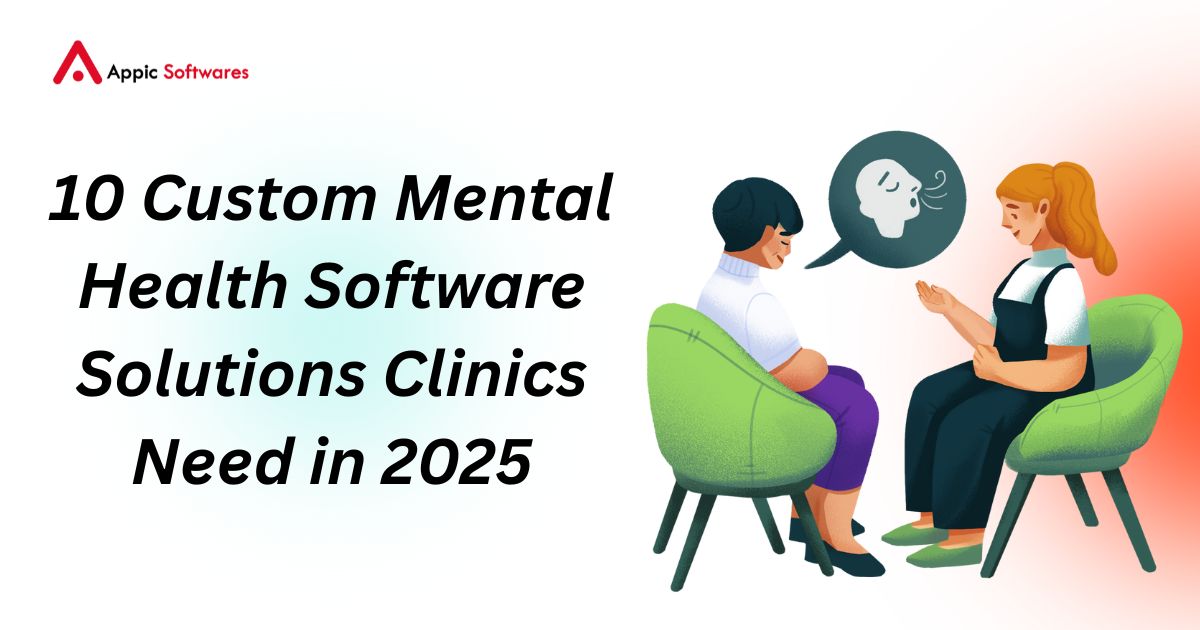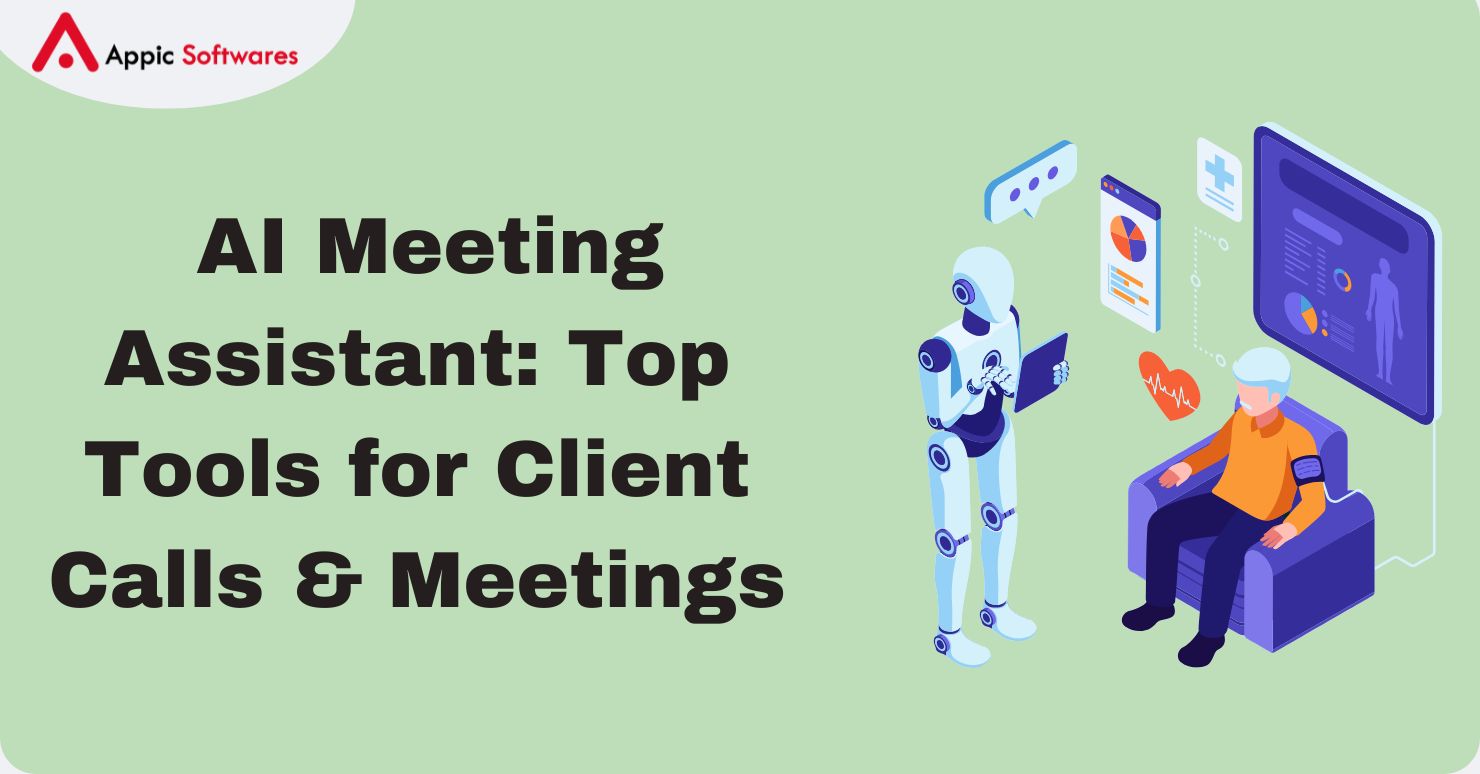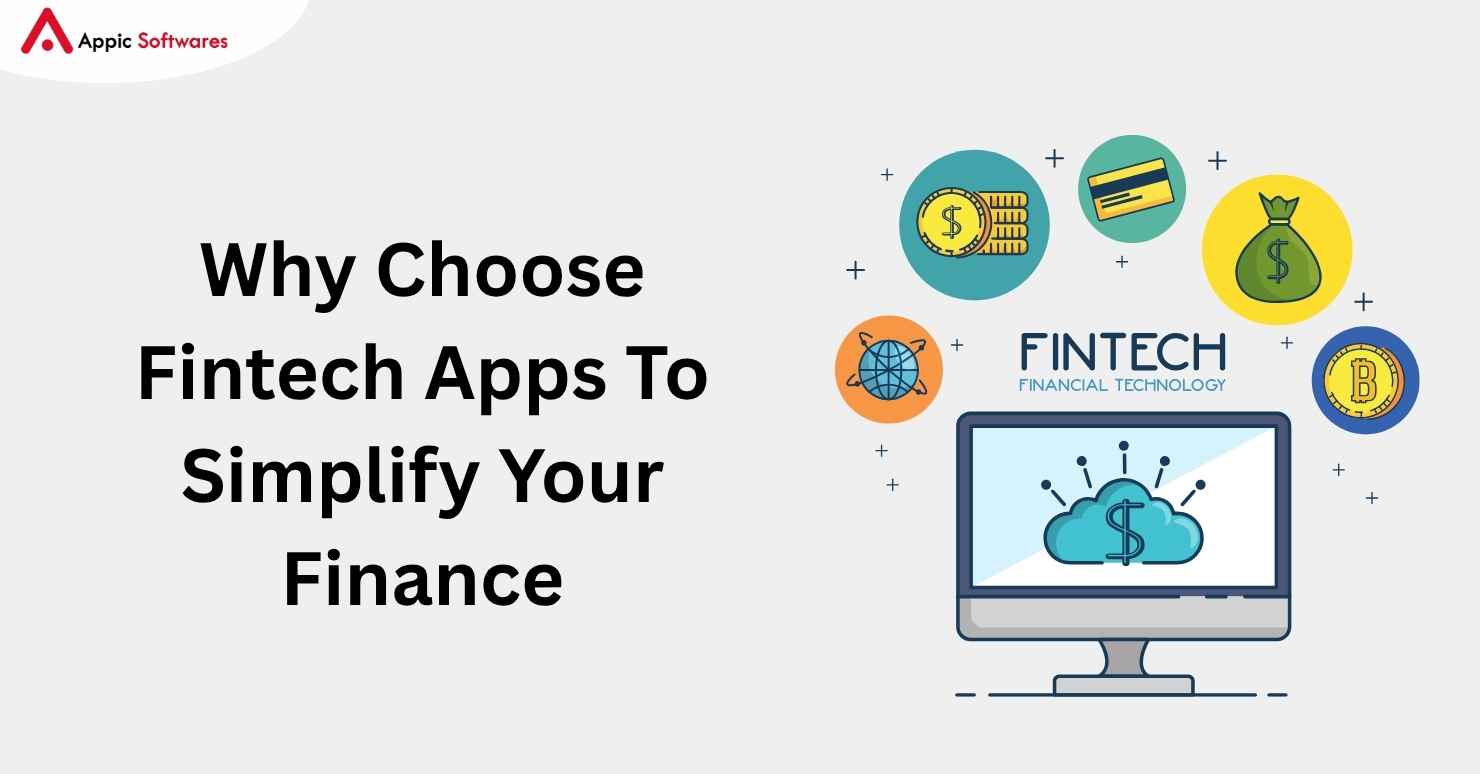
Introduction
In the rapidly revolutionizing era of artificial intelligence, goal-based AI agents are declared to be an advanced technological breakthrough. These intelligence-based programs are significantly designed to get optimum outcomes as fast as possible with the help of updated algorithms. Algorithms, data analysis, and machine languages are vital for positive outcomes. This AI agents are designed in a way that is either a complex task or something relevant to decision-making, and it can handle it accurately and proficiently all over the world on an automated basis without any human interference. This article will let us go through the difficulties that arise while designing Goal-Based AI Agents, the benefits that can be taken from them, examples of their current usage, their development expenditures, and the most effective tech approach towards crafting them.
This article will be a good guide for hiring qualified AI engineers or developing your expertise.
Goal-based AI Agents are technologically upgraded instruments designed to get significant outputs at expanded levels in minimum time. They are capable of managing their access to updated data regarding ongoing trends. Due to modern tools and techniques, they can get exposure to the latest introduced trends and make decisions where demanded. The designing and manufacturing of this AI Agent involve advanced tech approaches, for example, (NLP), machine learning, and forecasted analysis. Learning about modern AI trends is essential to a better understanding of designing and manufacturing Goal-Based AI Agents.
Due to their proven efficiency, they are in trend for their contributions in sales and marketing, the health care industry, the financial sector, etc.
What Are Goal-Based AI Agents?
Goal-based AI Agents are the latest inventions that work independently to get pre-decided results in a given time because they can analyze trends and manage large volumes of data. Compared to conventional AI approaches, where AI operates only as per established guidelines, today, in the modern era, they can alter their operations by making decisions with the help of machine languages, NLP, and upgraded algorithms. By operating in such a way, human interference is also decreased, which results in avoiding human error.
For example, goal-based AI agents are used in sales and marketing to make ads, run automated campaigns, and forecast desired inventory levels. They help businesses maintain and fulfill rising demands without any delays. One of their key features is automatically suggesting ads to the audience by analyzing their browsing behaviors and the top search keywords. This helps target relevant customers, brings more sales to the business, and allows users to get what they want.
For instance, these AI agents are better solutions for the current challenges. However, to get maximum benefit, it is mandatory to gain hands-on AI knowledge, which can be done by hiring a qualified team of AI engineers or contacting AI developers, whichever feels convenient.
What Are the Advantages of Goal-Based AI Agents?

The supposition of Goal-based AI Agents could be beneficial in several ways, making them a preferred choice for businesses worldwide. Here are some of the key benefits they are offering:
- Efficiency: These agents can perform repetitive tasks on an automated basis, reducing the need for manual interference and expanding functional efficiency. For example, goal-based AI agents in development can improve production schedules, reduce downtime, and enhance output.
- Refine Decision-Making: By understanding and managing a vast volume of data, AI Agents offer workable perception, making them capable of doing business to make well-informed, timely decisions. In finance, these agents can forecast market patterns and suggest investment options.
- Customization: These agents can provide customized experiences by analyzing user preferences and past behaviors. For example, online streaming platforms like YouTube use Goal-Based AI Agents to suggest content based on browsing history.
- Scalability: Goal-based AI Agents can manage large volumes of data and tasks simultaneously, making them best suited for scaling operations. They are categorically useful for e-commerce markets during peak shopping times.
- Cost-effective: Automation processes with these agents can prominently decrease operational expenses. For example, chatbots powered by Goal-based AI Agents can manage and respond to customer queries, diminishing the need for a huge support team.
Investing in Goal-based AI Agents is wise for businesses looking to stay ahead. Venturing with an AI development company can help you tackle these advantages effectively and efficiently.
What Are The User Journeys of Goal-Based AI Agents?
The requisition of Goal-Based AI Agents is wide-ranging and discrete. Given below are some of the scenarios
- Healthcare industry: These agents can augment patient checkups by understanding medical history, diagnosing diseases, and suggesting cures. For example, Watson Health uses Goal-Based AI Agents to assist doctors in diagnosing cancer and recommending treatment plans.
- Finance Sector: As technology advances daily, fraud and cheating methods also start penetrating in the form of scams. To inspect and detect this kind of fraud, businesses are moving towards AI approaches to avoid embezzlement. For example, Companies like PayPal use these agents to inspect fraudulent transactions.
- Retail Sector: They upgrade customers’ experiences by offering specially made recommendations and advanced inventory management systems. Ebay’s recommendation engine is a good example of this AI Agents in action.
- Transport & Logistics: These agents organize supply chain functions by forecasting demand, recommending routes, and organizing inventory levels. Companies like DHL use these AI agents to manage and organize their delivery operations efficiently and effectively.
- Customer Support: Goal-Based AI Agents can respond to customer queries, sort issues, and provide 24/7 prompt support.
Understanding these use cases can help businesses highlight opportunities to implement AI Agents and meet their objectives. For more perceptions, search the latest AI development trends.
How Much Does It Cost To Develop Goal-Based AI Agents?
The AI agent development costs depend on numerous factors, including the complications of the project, the advancement stack, and the experience of the designing team. Here’s a detailed breakdown of the key cost components:
Here is a tabular representation of the cost of developing a goal-based AI agent:
| Factors | Basic AI Agent ($) | Intermediate AI Agent ($) | Advanced AI Agent ($) | Description |
| Development & Research | $3,000 – $8,000 | $8,000 – $15,000 | $15,000 – $25,000 | Researching algorithms, model selection, and AI logic implementation. |
| Machine Learning Model | $2,000 – $6,000 | $6,000 – $12,000 | $12,000 – $20,000 | Training AI models, data preprocessing, and model optimization. |
| Natural Language Processing | $1,500 – $5,000 | $5,000 – $10,000 | $10,000 – $18,000 | Implementing NLP for text recognition, voice processing, and chatbot integration. |
| Cloud Computing & Storage | $1,000 – $3,000 | $3,000 – $6,000 | $6,000 – $10,000 | Cloud services like AWS, Google Cloud, or Azure for AI model hosting and processing. |
| Data Processing & Management | $2,000 – $6,000 | $6,000 – $10,000 | $10,000 – $18,000 | Handling structured/unstructured data, processing, and data security. |
| Integration with Apps & APIs | $1,500 – $4,000 | $4,000 – $8,000 | $8,000 – $12,000 | Connecting AI agents with third-party services, IoT devices, or business applications. |
| UI/UX Design | $1,000 – $3,000 | $3,000 – $6,000 | $6,000 – $10,000 | Designing user-friendly interfaces and dashboards for AI interaction. |
| Testing & QA | $2,000 – $5,000 | $5,000 – $9,000 | $9,000 – $15,000 | Debugging AI workflows, performance testing, and ensuring reliable outputs. |
| Security & Compliance | $1,500 – $4,000 | $4,000 – $7,000 | $7,000 – $12,000 | Implementing data encryption, GDPR/CCPA compliance, and AI ethics policies. |
| Deployment & Maintenance | $1,000 – $3,000 | $3,000 – $6,000 | $6,000 – $10,000 | Setting up live environments, monitoring AI performance, and providing updates. |
| Total Estimated Cost | $10K – $30K | $30K – $60K | $60K – $80K | Overall cost depends on complexity, AI capabilities, and custom requirements. |
What Is The Right Tech Stack To Develop Goal-Based AI Agents?
Choosing the right tech stack is critical for developing efficient and scalable Goal-based AI Agents. Here are some of the leading technologies and advanced tools used in their development:
- Programming Languages: Python, Java, and R are commonly used for AI designing. Python is popular due to its many machine learning and data analytics library frameworks.
- Machine Learning Frameworks: TensorFlow, PyTorch, and Scikit-learn are well-known preferences for developing machine learning programs. These infrastructures provide pre-developed algorithms and technical tools for training and deploying AI agents.
- Natural Language Processing (NLP): Tools like SpaCy and NLTK analyze and understand text. These tools are mandatory for developing AI agents that correspond with users through natural language.
- Data Storage: Databases like MongoDB and PostgreSQL store and manage large volumes of data. Cloud-based solutions like AWS DynamoDB and Google Cloud Firestore are also famous for their scalability and flexibility.
- Cloud Platforms: AWS, Google Cloud, and Azure provide scalable environments for deploying AI agents. These environments offer services like machine learning pipelines, data storage, and analytics in a short time.
Collaboration with an expert in an AI Development Company can help you go with the right tech approach and ensure the required designing of your Goal-based AI Agents.
Challenges in Developing Goal-Based AI Agents
While Goal-based AI Agents provide many advantages, their manufacturing is not simple. Here are some fundamental issues and how to cope with them.
- Quality of available data: High-value data is indispensable for instructing AI agents. However, data collection and scrubbing can be gradual and expensive. To eliminate this, businesses can spend on advanced data interpretation tools and amalgamate them with available data sources.
- Algorithm Complexity: Creating algorithms that can adapt to dynamic infrastructure and achieve significant goals requires experience in AI and machine learning. Hiring qualified and skilled AI engineers or venturing with an AI Development Company can help address this challenge.
- Consolidation with Existing Systems: Combining AI agents with existing systems can be complex. Using APIs and middleware solutions can facilitate the integration process.
- Disciplinary and Regulatory Concerns: AI agents must comply with ethical guidelines and regulatory requirements. Businesses should form clear policies and work with legal experts to ensure compliance.
By addressing these challenges, businesses can auspiciously design and install Goal-Based AI Agents that deliver the best value for money to customers and companies.
Upcoming developments in Goal-Based AI Agents
The field of Goal-based AI Agents is perpetually evolving, with new patterns transforming their development and applications. Here are some ongoing trends to watch out for.
- Explainable AI (XAI): As AI agents become more complex, there is a rising demand for transparency and explainability. Explainable AI techniques enable businesses to understand how AI agents make decisions, building trust and accountability simultaneously.
- Edge AI: Edge computing allows AI agents to process data locally, decreasing latency and enhancing performance. This pattern is significantly relevant for applications like self-driven automobiles and IoT devices.
- AI Democratization: The availability of pre-manufactured AI tools and infrastructures makes AI development more attainable to businesses of all kinds and sizes. This pattern is revolutionizing advancement and adaptability across industries.
- Human and AI Collaboration: The future of AI relies upon mutual support between humans and machines. Goal-based AI Agents will improve work alongside humans, augment their capabilities, and create new opportunities.
Staying up-to-date on these newly introduced patterns can help businesses achieve their full potential as Goal-based AI Agents and stay ahead of the competition..
Conclusion
Goal-based AI Agents become the source of transformation in industries by performing repetitive tasks on an automated basis. This results in improved decision-making and customized experiences by reducing human errors. Businesses targeting this emerging technology must analyze their key advantages and manufacturing costs. Whether you’re looking to hire AI engineers or experience the latest AI Development Trends, investing in Goal-based AI Agents can offer specific competitive benefits.
So, what are you waiting for? Contact us now!
FAQs
1. What Are the Key Features of Goal-Based AI Agents?
Goal-based AI agents are designed to achieve desired outcomes using the latest and most modern technologies. Their Key operations include:
- Sovereignty: These AI agents can operate automatically and make decisions without human interference.
- Adaptability: They are highly adaptable to any twist in the situation because they can adjust dynamically to transforming environments and data inputs, ensuring maximum output.
- Learning Capabilities: Using machine learning and deep learning algorithms, they are enhanced over time by analyzing data and following patterns.
- Decision-making: Goal-based AI agents are designed so efficiently that they can predict changes in behaviors, which helps them make decisions that are best suited.
- Expandability: These agents can analyze, handle, and manage large volumes of data and tasks to provide the desired outcome in a given time, which makes them suitable for corporate-level applications.
For example, in healthcare, a Goal-based AI Agent might analyze patient history to suggest customized cures, while in transport and logistics, it could design the best and optimal delivery routes to reduce costs. These features make Goal-based AI Agents widely versatile and highly valuable across industries.
2. What are some applications of Goal-Based AI Agents?
Goal-based AI agents are widely used across industries:
- Healthcare: AI chatbots for symptom checking, patient scheduling, and predictive diagnosis.
- Finance: Fraud detection, algorithmic trading, and financial planning assistance.
- E-Commerce: Product recommendations, automated pricing, and customer support bots.
- Manufacturing: Process automation, predictive maintenance, and supply chain optimization.
- Marketing: AI-driven ad targeting, content personalization, and lead scoring.
3. How are Goal-Based AI Agents different from Rule-Based AI Agents?
| Feature | Goal-Based AI Agents | Rule-Based AI Agents |
| Decision-Making | Uses AI, ML, and data analysis | Follows predefined rules |
| Learning Ability | Continuously improves from experience | Static, does not learn |
| Complexity | Can handle complex, dynamic environments | Best for simple tasks |
| Example | AI chatbots that personalize responses based on past conversations | IVR phone menus with fixed options |








